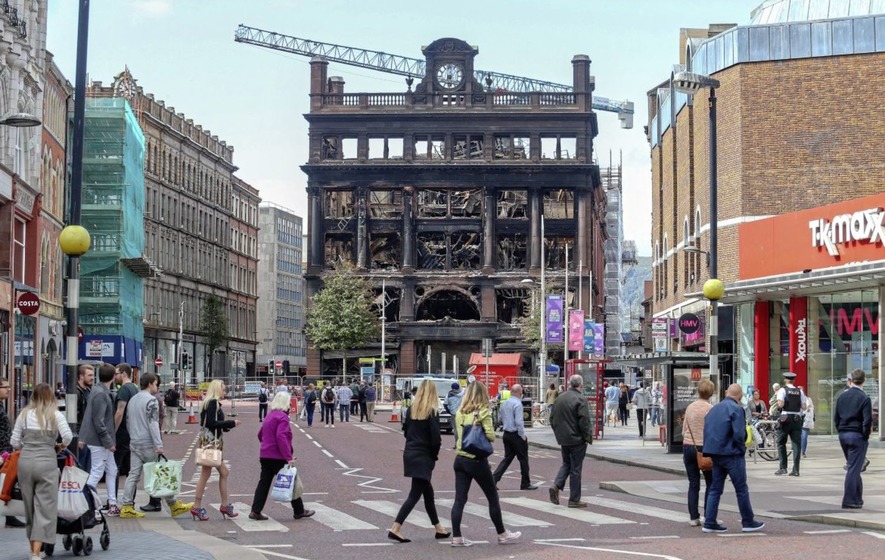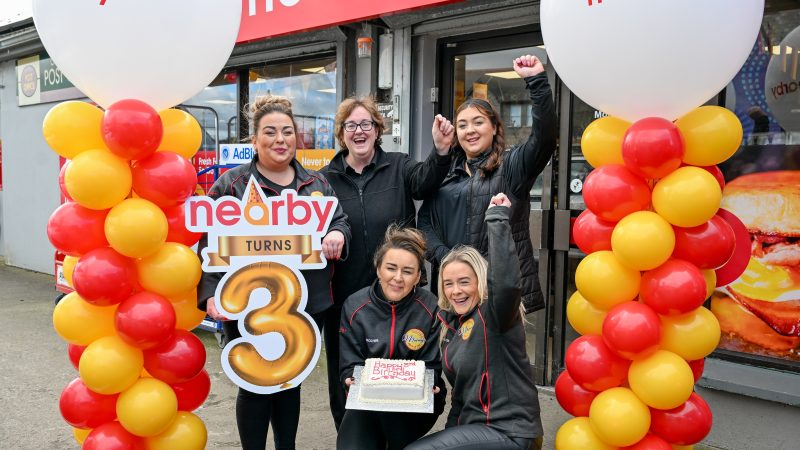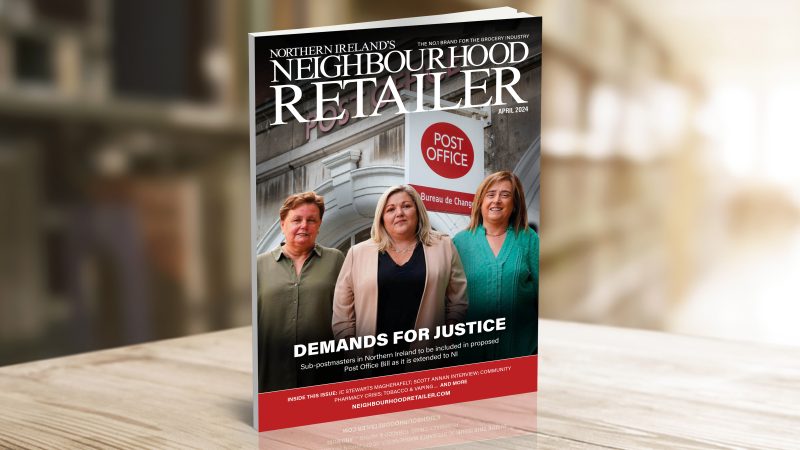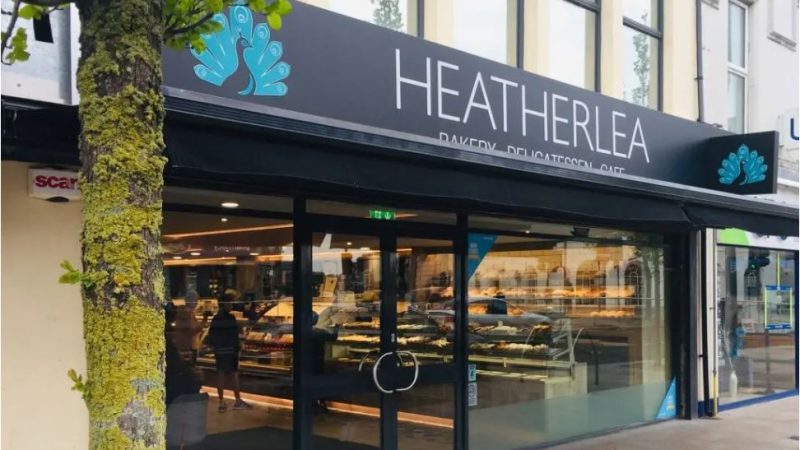NI Still Leading on Footfall Bounce Back

2020 was a turbulent year in which much of retail bounced between being open and closed, impacting footfall significantly. To make meaningful comparisons to changes in footfall, all 2021 figures are compared with 2019 (pre-pandemic). This means our 2021 figures are now year-on-two-years (Yo2Y), rather than year-on-year (YoY).
Covering the four weeks 04 July – 31 July 2021
According to BRC-Sensormatic IQ data:
- Total UK Footfall decreased by 28.0% in July (Yo2Y), with a 0.4 percentage point decrease from June. This is below the 3-month average decline of 27.7%.
- Footfall on High Streets declined by 34.6% in July (Yo2Y), 1.2 percentage points below last month’s rate and below the 3-month average decline of 34.1%.
- Retail Parks saw footfall decrease by 15.0% (Yo2Y), 6.9 percentage points below last month’s rate and below the 3-month average decline of 14.1%.
- Shopping Centre footfall declined by 38.4% (Yo2Y), 2.6 percentage points below last month’s rate but above the 3-month average decline of 39.1%.
- For the third consecutive month, Northern Ireland saw the shallowest footfall decline of all regions at -19.9%, followed by Wales at -25.8% and Scotland at -27.1%. England saw the deepest decline at -28.7%.
Aodhán Connolly, Director of the Northern Ireland Retail Consortium, said:
“It is a mixed picture for Northern Ireland’s high streets and retail destinations. It is welcome news that we have again led the way across the UK, with our footfall now more than eight percentage points above the UK average. However, we remain almost a fifth down on pre-pandemic levels and this reduction in footfall makes things harder for already squeezed retailers.
High Street Stimulus Card
“The launch of the High Street Stimulus Card could not come at a better time as it will give a welcome boost to high street retailers in towns and cities in Northern Ireland. It will create a virtuous circle of spending that supports our economy, boosts local commerce and gives our shoppers some needed retail therapy. We would encourage everyone who is eligible to register for the scheme and make every penny count!”
Andy Sumpter, Retail Consultant EMEA for Sensormatic Solutions, commented:
“With July’s wet weather dampening shoppers’ spirits, High Street footfall stayed subdued as consumers remained cautious. Even the hotly debated ‘Freedom Day’ failed to significantly shift the dial on shopper counts, perhaps losing some of its ‘shine’ to the EURO’s which brought forward shopping and socialising trips to earlier in the month. And in a tale of two halves, Freedom Day may have split consumer confidence, with those revelling in newfound freedoms increasing the frequency of their shopping trips, while those concerned about the relaxation of restrictions on social distancing and mask-wearing becoming more inclined to stay away.
Footfall performance
“However, while footfall performance was flat compared to June, the trajectory in the second half of July gave cause for more cautious optimism; weekend shopper counts improved by 7 percentage points week-on-week following Freedom Day. Retailers will now be hoping caution will give way to growing consumer confidence so that they can capitalise on summer trading.”
UK FOOTFALL BY LOCATION (% CHANGE WITH 2019)
TOTAL FOOTFALL BY REGION (% CHANGE WITH 2019)
| GROWTH RANK | REGION | % GROWTH Yo2Y |
| 1 | Northern Ireland | -19.9% |
| 2 | South West England | -22.7% |
| 3 | North West England | -22.8% |
| 4 | East of England | -23.9% |
| 5 | East Midlands | -24.1% |
| 6 | Wales | -25.8% |
| 7 | West Midlands | -25.8% |
| 8 | South East England | -26.6% |
| 9 | Scotland | -27.1% |
| 10 | Yorkshire and the Humber | -27.5% |
| 11 | North East England | -28.3% |
| 12 | England | -28.7% |
| 13 | London | -39.4% |
TOTAL FOOTFALL BY CITY (% CHANGE WITH 2019)
| GROWTH RANK | CITY | % GROWTH Yo2Y |
| 1 | Belfast | -20.8% |
| 2 | Cardiff | -25.7% |
| 3 | Glasgow | -26.1% |
| 4 | Bristol | -26.2% |
| 5 | Portsmouth | -26.7% |
| 6 | Leeds | -27.1% |
| 7 | Liverpool | -28.3% |
| 8 | Manchester | -28.3% |
| 9 | Nottingham | -32.5% |
| 10 | Birmingham | -37.1% |
| 11 | London | -38.8% |







